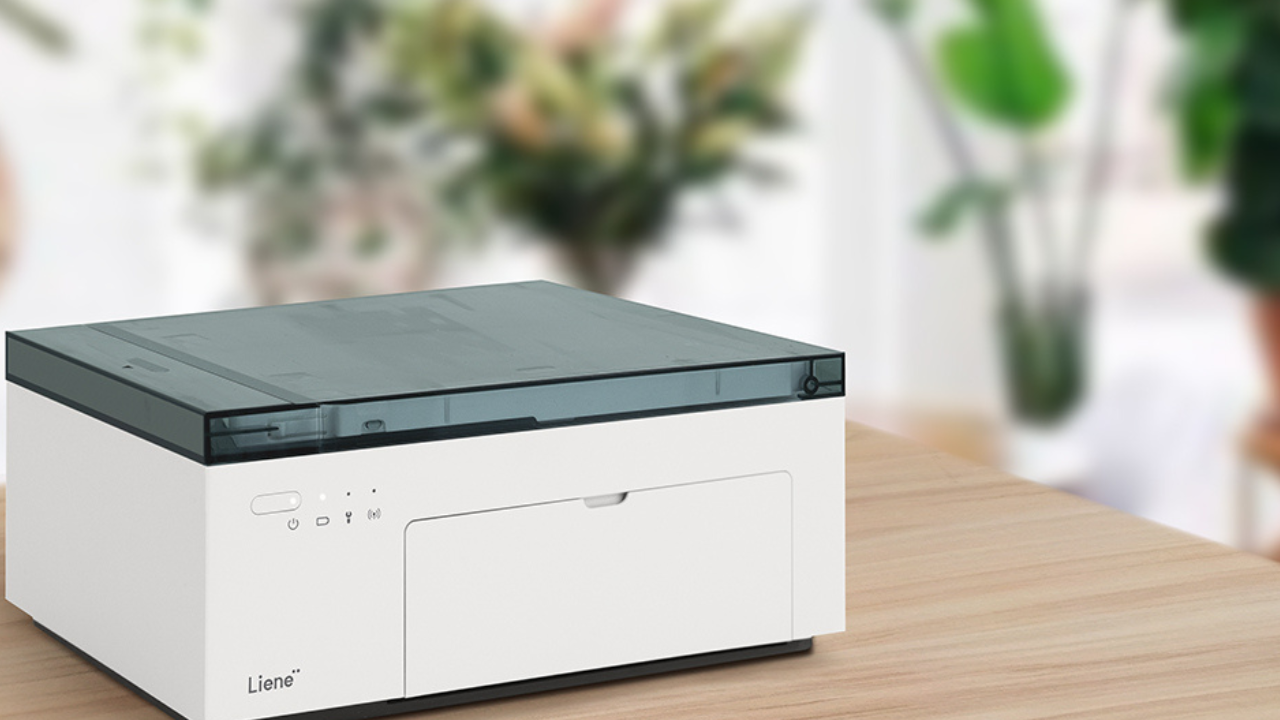Liene photo printers are small, portable devices that allow you to print digital images on the move from your smartphone or other mobile device. These printers, which frequently use technologies such as thermal or inkjet printing, provide consumers with the ease of fast photo prints when they want to transform their digital memories into tangible keepsakes.
Mobile photo printers typically link wirelessly to smartphones via Bluetooth or Wi-Fi, allowing users to select and print their favorite photographs through dedicated mobile apps. Some types, such as those with Zero Ink (ZINK) technology, do not require standard ink cartridges, making them even more practical for mobile use.
Eventgoers, photographers, and people who enjoy the instant satisfaction of having a tangible print in their hands are all big fans of this liene printer. With features like compact size, battery-powered operation, and various paper options, mobile photo printers provide a seamless bridge between the digital and physical realms, enabling users to share and cherish moments on the spot.
How Long Does The Ink Last In Liene Photo Printer?
The longevity of ink in a mini photo printer depends on factors like usage frequency and the number of prints. Generally, mini photo printers using thermal dye sublimation technology may last for a specific number of prints per ink cartridge, often ranging from 20 to 50 prints. However, the quality of the prints produced by ZINK (Zero Ink) printers may be affected by the age and heat exposure of the paper. Traditional ink cartridges are not used in these printers.
Printing Technologies Used In Photo Printers
Photo printers are popular due to their portability and ease, allowing customers to print instant memories while on the go. Understanding the underlying printing technologies is critical for selecting the appropriate device. This detailed article discusses the most common printing methods used in tiny photo printers, such as thermal dye sublimation and ZINK (Zero Ink), diving into their working principles, benefits, and limitations.
Thermal Dye Sublimation Printing
Principle
Thermal dye sublimation printing is a common method in tiny picture printers. It includes using heat to transfer solid dye from a ribbon onto photo paper, producing bright and high-resolution prints. The method is divided into three steps: heating the dye, diffusing it into a gas, and finally hardening it on the paper.
Advantage
The advantages of thermal dye sublimation printing include high-quality prints with sharp details, vibrant colors, and a wide color gamut. This technology produces continuous tones, ensuring smooth gradients and accurate color reproduction. Additionally, prints generated through thermal dye sublimation are often water-resistant and exhibit greater longevity compared to some other printing methods.
Limitations
Thermal dye sublimation printing has limitations, such as greater costs for printers and consumables when compared to other methods. Furthermore, users may be limited to specialized photo paper developed for thermal dye sublimation. While this process produces greater print quality, it may not be the most cost-effective option for all users, particularly those with tight budgets or specific printing requirements.
ZINK (Zero Ink) Technology
Principle
ZINK (Zero Ink) technology is based on a novel method in which specialized paper contains layers of color-forming dye crystals. When exposed to heat within the printer, these crystals respond by generating various colors, resulting in the final image. ZINK eliminates the need for standard ink or toner cartridges, resulting in a more compact and ink-free printing solution ideal for portable and on-the-go picture printers.
Advantage
Zero Ink technology offers the advantage of ink-free printing, which eliminates the need for standard ink cartridges. ZINK printers do not require ink cartridges, minimizing ongoing consumable costs. ZINK printers are often compact and lightweight, making them highly portable for on-the-go printing. ZINK paper is adhesive-backed, allowing users to peel and stick their prints as desired.
Limitation
Limitations of ZINK (Zero Ink) technology include potential issues in attaining print quality comparable to other technologies. ZINK prints may have a more limited color spectrum, which affects color brightness. Heat and light sensitivity may have an impact on the longevity and quality of printed materials. While ZINK technology is appropriate for casual usage, it may not fulfill the detailed and color-accurate demands of professional or high-quality photo printing.
Summary
Individual tastes, priorities, and use cases determine whether to employ thermal dye sublimation or ZINK technology in tiny photo printers. Both technologies have distinct advantages and considerations, catering to diverse user requirements. Understanding how these technologies function allows consumers to make informed decisions when choosing a tiny photo printer that meets their needs, whether they prioritize print quality, portability, or cost-effectiveness.
